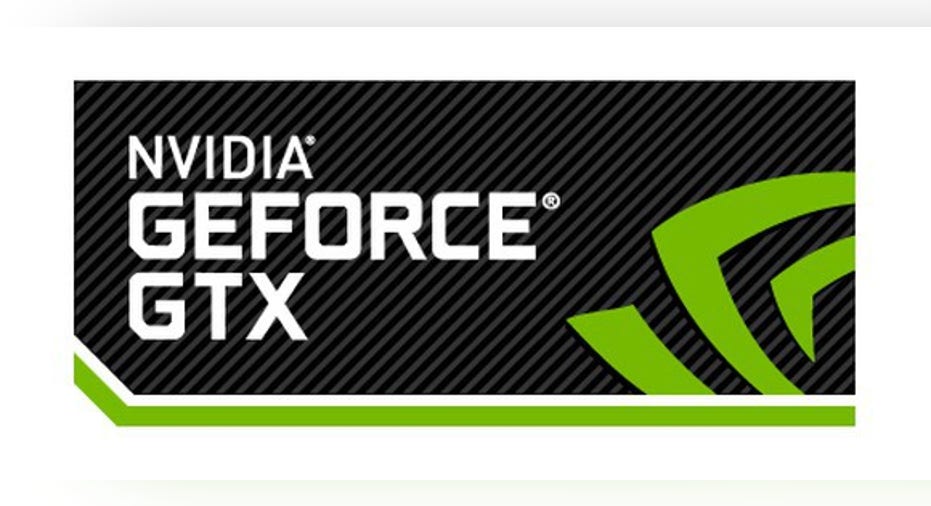NVIDIA Corporation Reveals Lower-Cost GeForce GTX 1060

Image source: NVIDIA.
Last month, graphics specialist NVIDIA (NASDAQ: NVDA) released the GeForce GTX 1060 for desktop gaming personal computers. That 1060, which carried a manufacturer's suggested retail price of $249, used a fully enabled GP106 chip and packed 6 GB of video memory.
Although $249 is a fairly low price point, particularly as the company's graphics processor portfolio contains products that scale all the way up to a $1,200 price point, there's significant volume at price points below $249 as well.
It would appear that the company is beginning to address it with a lower-cost variant of the GeForce GTX 1060.
Less memory, fewer graphics cores
On Aug. 18, NVIDIA formally announced the GeForce GTX 1060 with 3 GB of video memory. In this case, the memory bus remains 192 bits and the memory speed stays at 8 GB per second, so memory bandwidth -- that is, how quickly the graphics processor can move data to and from memory -- remains the same as the higher-end model.
However, the amount of memory is cut in half.
According to the specifications that the company posted on its website, the chip runs at a base frequency of 1506MHz and a boost frequency of 1708MHz -- identical to its pricier sibling.
The main change in terms of the graphics processor itself is that NVIDIA has disabled a streaming multiprocessing unit, which amounts to a loss of 128 graphics cores (NVIDIA calls them "CUDA cores") relative to the 6 GB variant.
This means that this cheaper variant will be a bit slower than its more expensive counterpart. NVIDIA says that the 6 GB version is roughly 5% speedier than this newly announced 3 GB version.
Pricing and availability
This memory and graphics processing power reduction comes with a corresponding reduction in price. NVIDIA says that its suggested retail price for the 3 GB variant of the 1060 is $199 -- a full $50 cheaper than the 6 GB variant.
The company says that it expects these products to be available "over the next couple of weeks."
What comes next?
With NVIDIA using a cut-down variant of GP106 to power the GeForce GTX 1060 at $199, it's clear that it will be up to an upcoming chip based on the same Pascal graphics architecture, known as GP107, to tackle sub-$199 price points.
My guess is that the company will release a fully enabled version of GP107, marketed as a GeForce GTX 1050 Ti, at roughly the same $159 price point that the GeForce GTX 750 Ti launched at back in early 2014. The company could then use a cut-down variant of the GP107 chip (perhaps paired with less memory) to address even lower price points.
At that point, at least for desktop gaming products, NVIDIA will have rolled out the entirety of its Pascal product stack. The next step for the company, then, would be to begin rolling out products based on its Volta architecture.
I would expect that with Volta, NVIDIA will follow a similar playbook: release high-performance gaming parts first (these are by far the highest priority for the company given its business mix) and then get to replacing the lower-end Pascal parts with Volta parts later on.
A secret billion-dollar stock opportunity The world's biggest tech company forgot to show you something, but a few Wall Street analysts and the Fool didn't miss a beat: There's a small company that's powering their brand-new gadgets and the coming revolution in technology. And we think its stock price has nearly unlimited room to run for early in-the-know investors! To be one of them, just click here.
Ashraf Eassa has no position in any stocks mentioned. The Motley Fool owns shares of and recommends NVIDIA. Try any of our Foolish newsletter services free for 30 days. We Fools may not all hold the same opinions, but we all believe that considering a diverse range of insights makes us better investors. The Motley Fool has a disclosure policy.